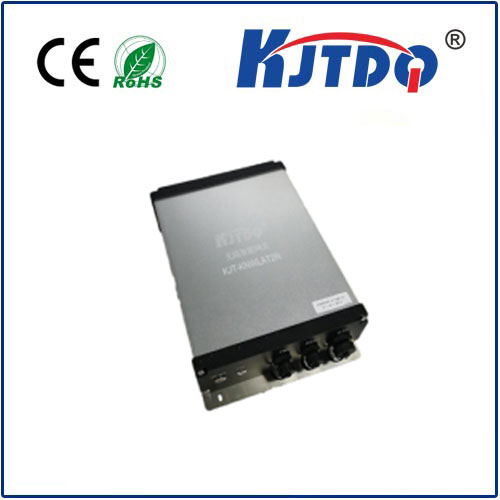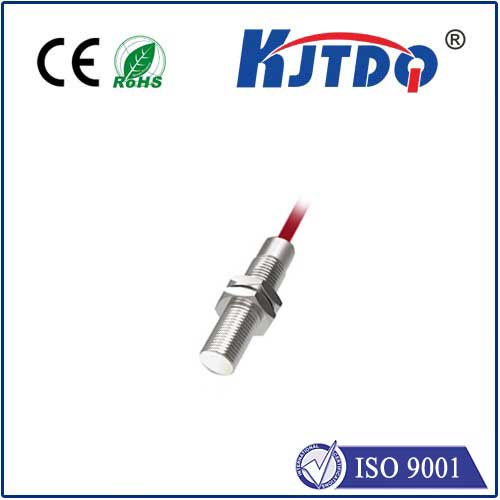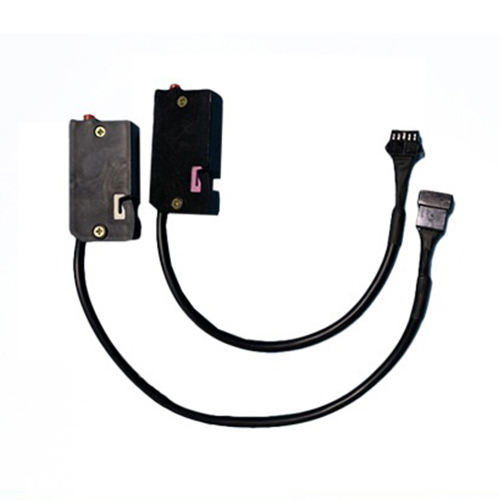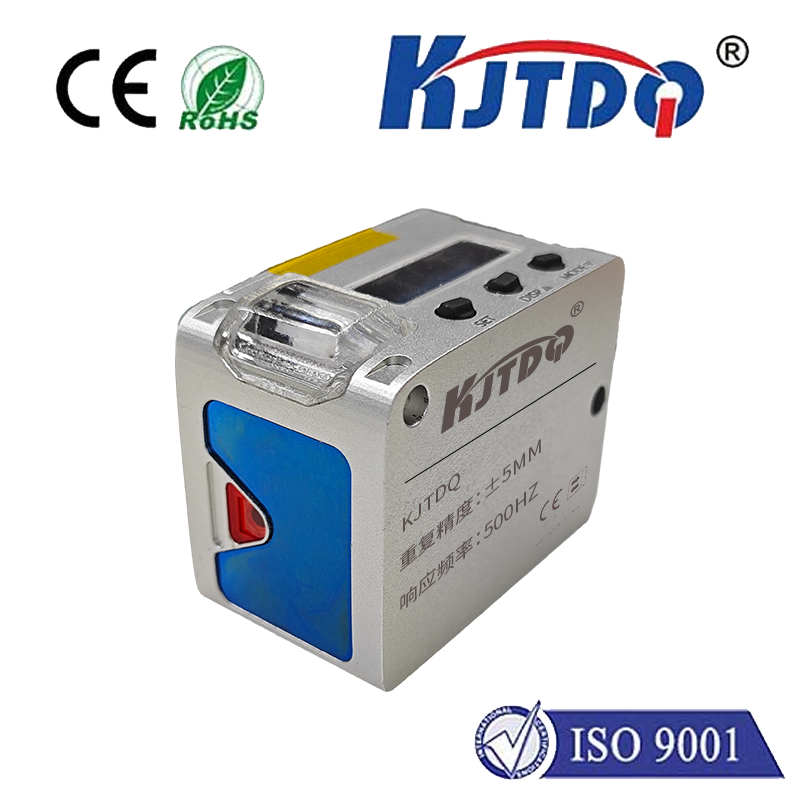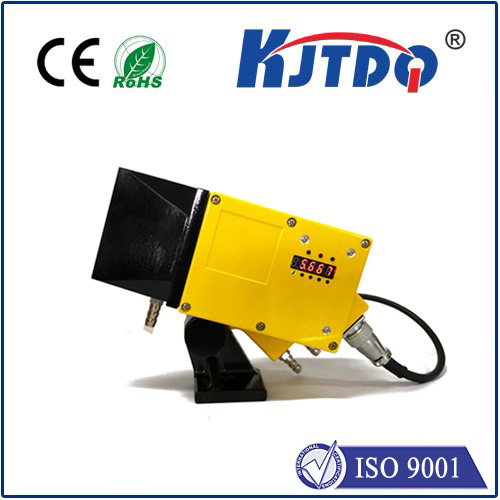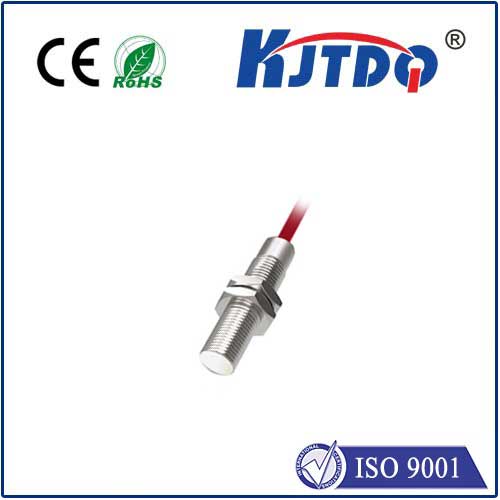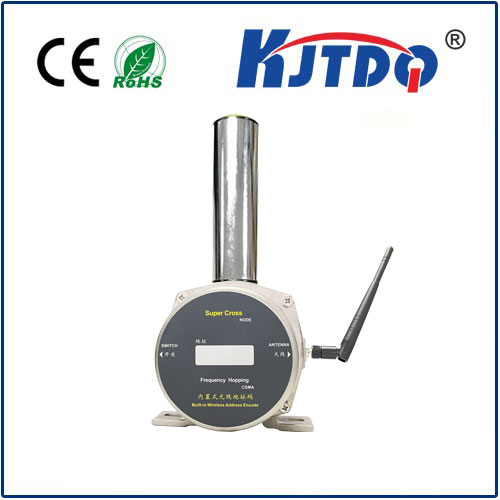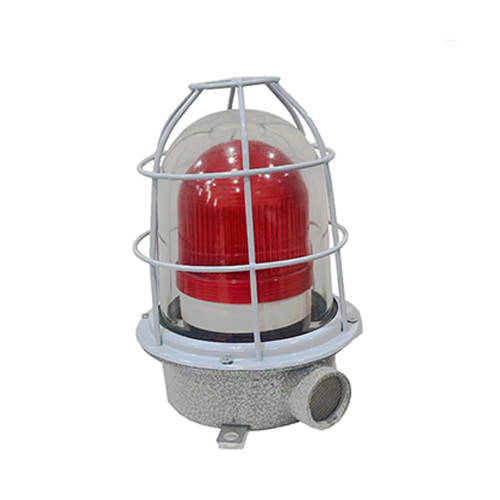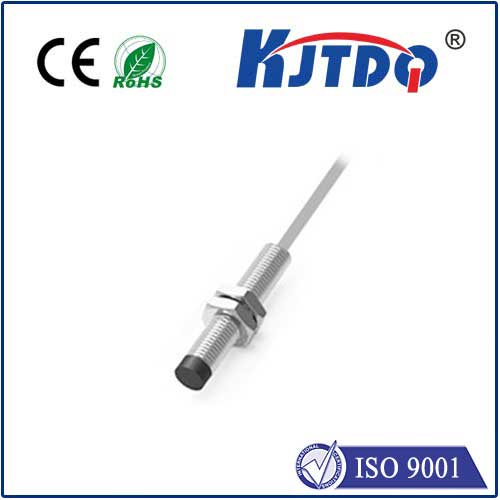Pyroelectric Laser Energy Detectors: The Future of Precision Photonic Measurement In the rapidly evolving world of laser technology, accurate energy measurement isn’t just a luxury—it’s a necessity. From industrial cutting systems to medical diagnostics, lasers demand tools that can keep pace with their precision and power. Enter the Лазерный детектор энергии тепловыделения—a groundbreaking device merging pyroelectric materials with advanced photonics to redefine how we measure laser energy. This article explores how these detectors work, their unique advantages, and why they’re becoming indispensable across scientific and industrial fields.
At the heart of a pyroelectric laser energy detector lies a pyroelectric crystal—a material that generates an electric charge in response to temperature changes. Unlike traditional photodetectors that rely on photon-electron interactions, pyroelectric detectors operate on thermal principles. When a laser pulse strikes the crystal’s surface, the absorbed energy causes rapid heating, triggering a measurable voltage across the material. This voltage is directly proportional to the laser’s energy, enabling precise quantification. Key materials like lithium tantalate (LiTaO₃) and deuterated potassium dihydrogen phosphate (DKDP) dominate this field due to their high pyroelectric coefficients and thermal stability. These crystals can detect energy levels ranging from nanojoules to joules, making them versatile for applications from ultrafast femtosecond lasers to high-energy CO₂ systems.

Traditional laser energy sensors, such as thermopiles or photodiodes, face limitations in dynamic range, wavelength sensitivity, or response speed. Pyroelectric detectors address these gaps with three standout features:
The versatility of pyroelectric laser energy detectors has unlocked innovations across sectors:
While pyroelectric detectors offer unparalleled benefits, their performance hinges on proper calibration and environmental management. Factors like ambient temperature fluctuations or humidity can affect signal accuracy. Modern solutions incorporate temperature-stabilized housings and reference beam compensation to mitigate these issues. Additionally, pulse repetition rate plays a role. For high-repetition lasers, detectors must dissipate heat efficiently to avoid baseline drift. Advanced designs now use heat sinks or Peltier cooling elements to maintain stability during prolonged operation.
The next generation of pyroelectric detectors is poised to leverage artificial intelligence. Researchers at MIT recently demonstrated a prototype that uses machine learning algorithms to predict laser energy trends and auto-adjust calibration parameters. Such “smart detectors” could revolutionize fields like laser spectroscopy, where real-time adaptive measurements are crucial. Meanwhile, nanotechnology is pushing material limits. Thin-film pyroelectric coatings, for instance, promise detectors with nanosecond-level response times—capable of tracking even the briefest laser interactions in quantum computing experiments.
From labs to factories, pyroelectric laser energy detectors are proving their worth as the gold standard for photonic measurement. By blending physics, engineering, and innovation, these devices aren’t just keeping up with laser technology—they’re driving it forward.
